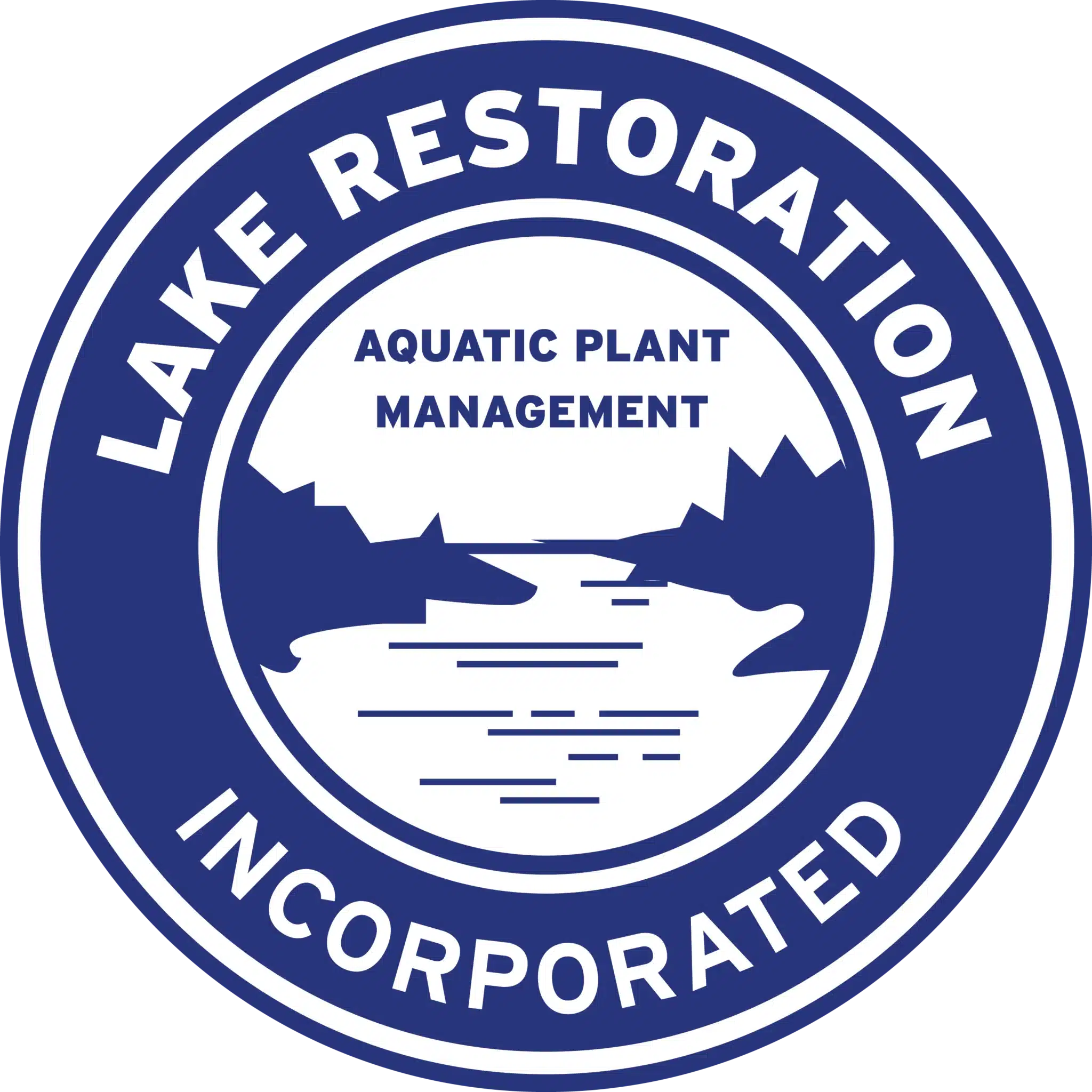Understanding the Seaweed in Ponds and Lakes
When you think of the word “seaweed” do many different images come to mind? Do you think of exotic Japanese fare or underwater plants that brush your feet as you swim in a natural body of water? Perhaps you think of the giant goop-covered green guy from the old movies-hard to imagine controlling seaweed in that scenario.
Despite the images that might pop into our heads when we hear or see the word seaweed, the term itself is actually a colloquial term with no real definition. Though often tied to the idea of a marine plant due to its name, seaweed can also encompass anything from those tall leafy plants to ingredients in your meal, to several varieties of fresh-water algae – some of which aren’t even plants at all!
It is easy to dismiss the mere possibility of seaweed control when one thinks of the vastness of the world’s giant oceans, so we won’t worry about it now. This article is here to address a type of seaweed that many of us see on a regular basis, especially in the summer months. Blue-green algae, a.k.a. cyanobacteria, a.k.a. seaweed is a member of the floating weeds group and can cause many problems in a variety of bodies of water including lakes and ponds. Algae blooms are known to discolor water, can lead to mass die-offs of other water-dwelling plants and animals, and can even make people and some animals sick.
Seaweed control – blue-green algae control – can be integral to the health of a lake, pond, and possibly even your pets and yourself! There are many ways to control and limit this bacteria’s growth, and we recommend that first and foremost you take care not to over-fertilize the areas around your lake or pond. Much of what encourages algae to grow to excess is an overabundance of nutrients from runoff from your watershed areas. However, once the growth has taken hold of your body of water we recommend getting the level of algae under control first with an algaecide. Then you can slow the rate of its regrowth by using an algae control kit like Mizzen®. This kit reduces the nutrients available to algae, leading to a slowing of its regrowth. In a small pond, you may eventually want to use a pond dye to reduce the amount of sunlight that will get through the water which will significantly cut down on the algae’s ability to grow.
Lake Restoration understands that dealing with invasive aquatic plants can be overwhelming, and we’re here to help with any questions you might have from plant identification to which products to buy to how to use them. Please contact us with any questions.

